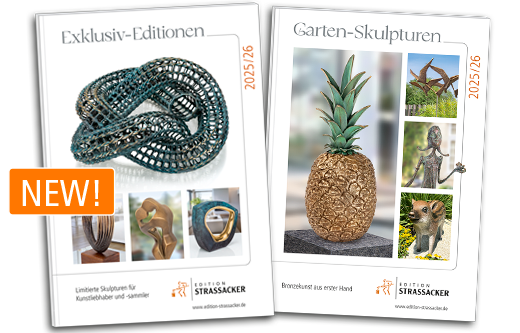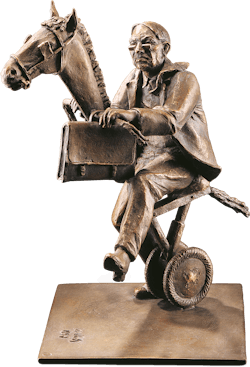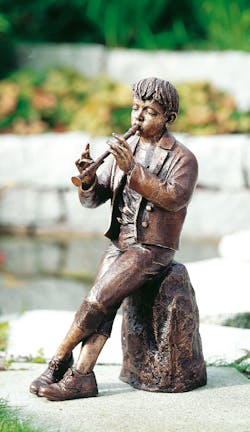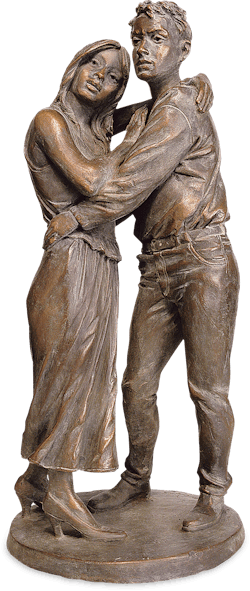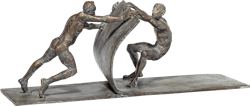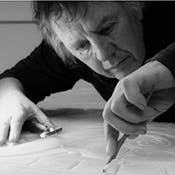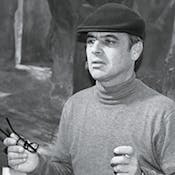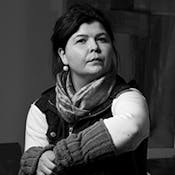Leo Wirth (1956)
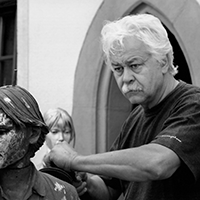

Leo Wirth was not destined to become a sculptor from birth. As the son of a farmer, it was taken for granted that he would train in agriculture, which he completed from 1970 to 1975. At the same time, however, his interest in the visual arts was growing, and while still training as an agriculturalist, he was making his first sculptures at a standard which demanded to be taken seriously. By visiting the technical college for wood and stone sculpture in Elbigenalp, Tyrol, Wirth finally put the talent attested to him in his childhood and youth on a sound footing. He finished best in his class, and thus it was only logical for him to take the next step and become a freelance sculptor in 1989. His success proved that Leo Wirth was right. Today, his large-scale sculptures are found on public spaces from Dorum on the North Sea ("Dike Workers") to Isny in Allgäu ("Fountain of Envy"). Leo Wirth’s work is formally realistic, even highly realistic. Down to the smallest details of fashion, his figures represent people we might see on the street today. At the same time, he has an infallible eye for the typical, even clichéd aspects of our everyday life and not least, a good portion of humour. For instance, he sets the "Amtsschimmel" (bureaucrat ‑ typified as a horse in German) with suit, tie and briefcase on a hobby horse with wheels, shows in "Waldi's Last Hunt" the face of a consternated hunter looking down at his companion, whom he apparently just shot, or three soccer fans, drinking beer and oblivious of all around them, watching the efforts of their village's home team.
- Genres Figurative
- Styles Classic modernism
